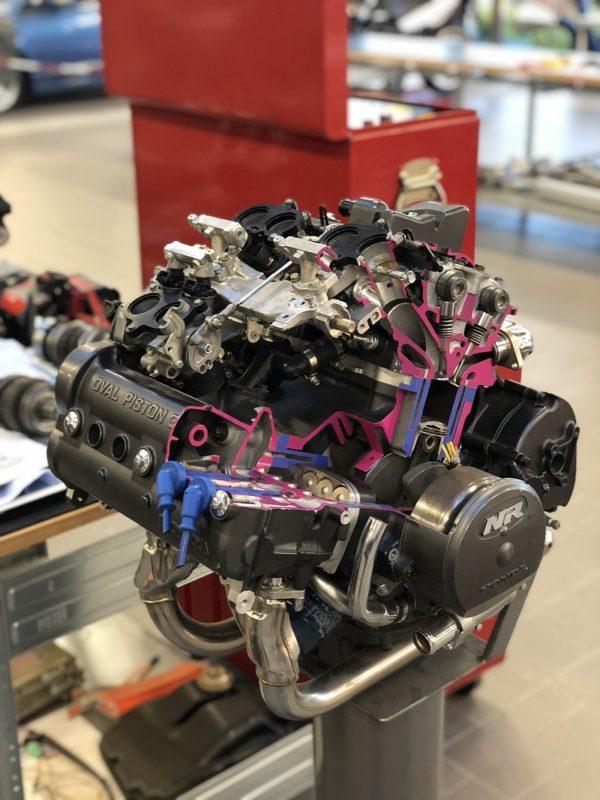
The Honda Akademie in Erlensee, not far from Frankfurt, is full of Honda engines – car, motorcycle, outboard and power equipment – used for practical technical training. But lurking amongst these rows of down-to-earth and often stripped-down motors sits a far more exotic beast: a Honda Oval Piston engine, sectioned for display. It was Markus Gaßmann, Honda Area Manager and all-round bike enthusiast, who pointed it out – otherwise we might have missed it.
The Honda NR (New Racing) was a series of V-four bikes, starting in 1979 with the 500cc NR500 Grand Prix racer, followed in the 1980s by the 750cc NR750 endurance racer. And finally in 1992 Honda produced a limited run of around 300 examples of the roadgoing version, simply called NR. This was at the time the most expensive production bike, selling in the USA for $50,000. Nowadays they very rarely change hands and are almost never seen.
The origins of the NR series lie in Honda’s return to Grand Prix motorcycle racing in the late 1970s after a considerable absence. Since their highly successful campaign in the 1960s, two-stroke machines had become the dominant force in GP racing, easily attaining higher specific outputs than four-stroke equivalents. But Honda was determined to continue with its traditional four-stroke engines and looked for a design that could compete.
The oval piston, with two con-rods visible – out of a total of eight
Honda’s 1960s concept of increasing the number of cylinders would no longer work: the rules now limited the number of combustion chambers to four. So the ever-resourceful Honda team came up with the idea of a V8 in the shape of a V4. They achieved this with an oval piston that allowed 8 valves per cylinder – and attached two con-rods to each piston.
A view into a cylinder – showing the positioning of the valves
This was a complex piece of equipment, with 32 valves and eight con-rods in the space normally occupied by a four-cylinder engine. Development and testing dragged on so much that some journalists commented that NR meant “Never Ready”, but the engine finally achieved its target output of 130 bhp at over 20,000 rpm.
The bike failed to achieve the success that its innovative design perhaps deserved, even though the American racer Freddie Spencer managed some impressive performances in 1981 before unreliability caused retirements. Honda thus decided to focus on two-stroke designs, and won the 500cc championship two years later with their NS500 racer.
The roadgoing NR bike of 1992
And we now come to the ultra-rare road bike, the 750cc 4-cylinder NR. Unlike its racing cousins that had straight-sided oval pistons, this bike used elliptical pistons with curved long sides.
A detail view of the NR and the words “Oval Piston” that make it so special
The whole NR series might be considered to be a failure – but the key members of the team that designed the NR500 learnt lessons that are still today being applied in Honda motorcycles, for both racing and road.
So it is fitting that one of the ultra-rare roadgoing NR bikes today takes pride of place at Erlensee in front of the display that lists all the key events in the history of Honda motorbikes, from the 1947 bicycle engine to the brand new 2018 Gold Wing.



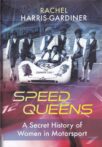
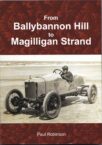
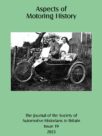
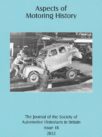
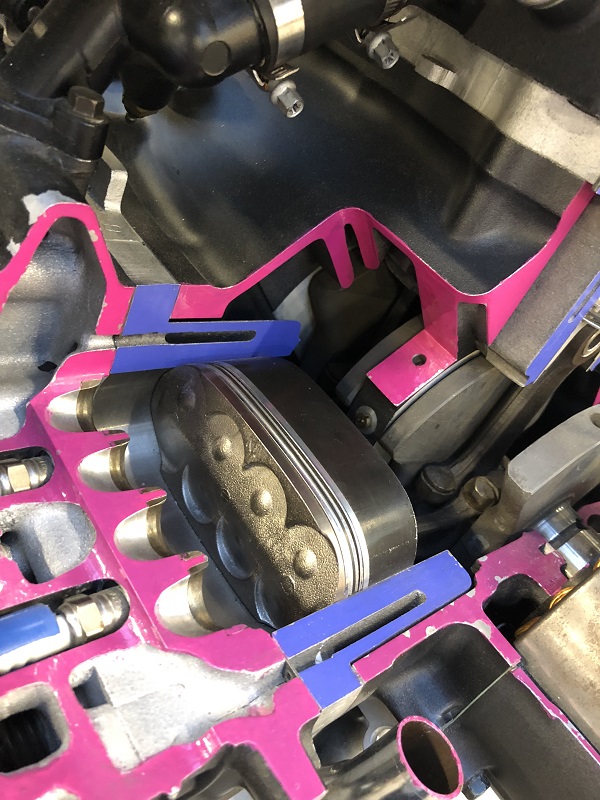
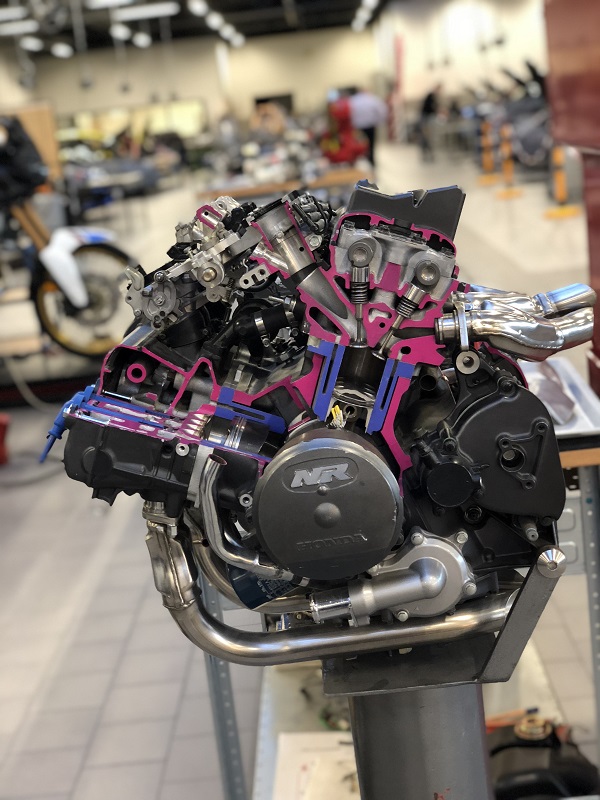

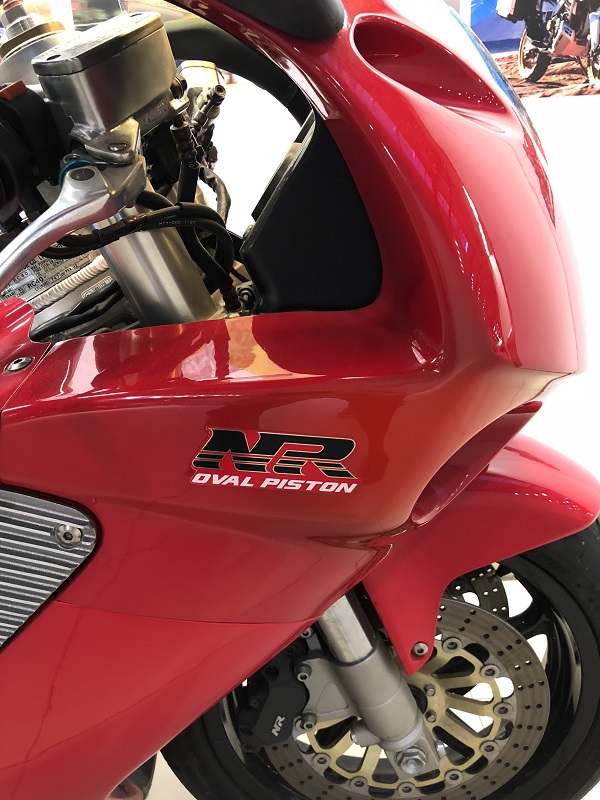
Great to see more motorcycle-related news! Just for the record Freddie Spencer hails from Shreveport, Louisiana. It was gritty Yorkshireman Mick Grant and Japanese rider Takazumi Katayama (who gained the only victory on the bike) who suffered all the earlier ignomies. Read more at: https://tinyurl.com/yd2lo9ws